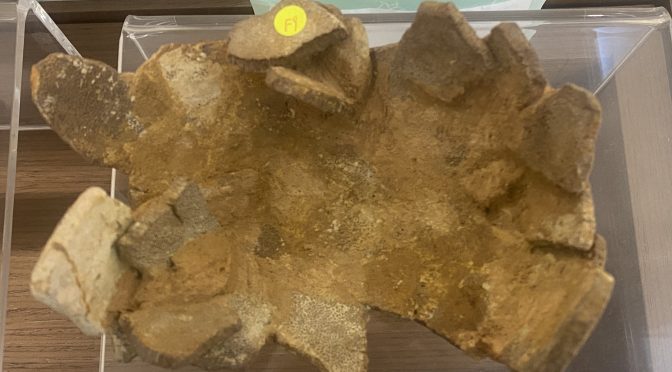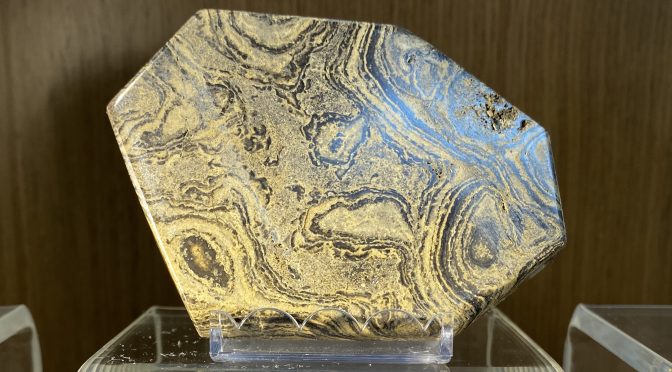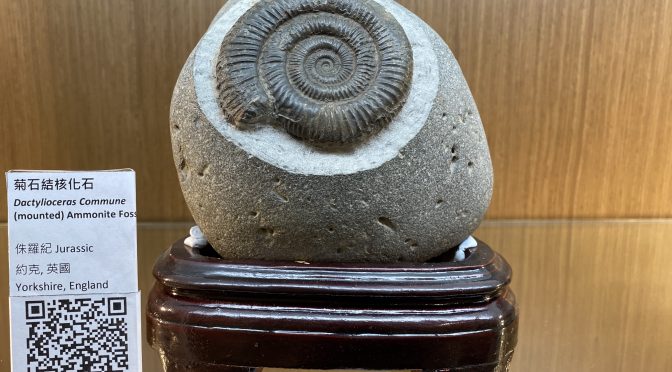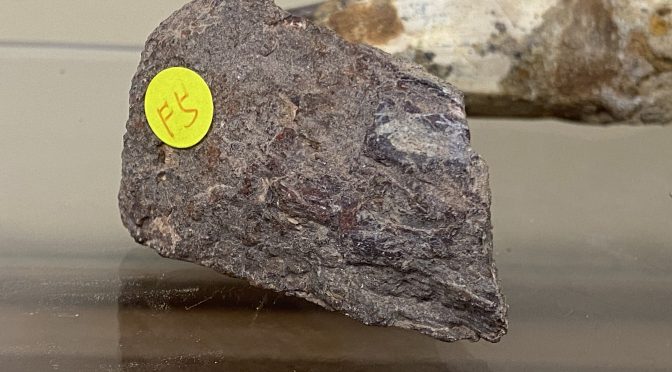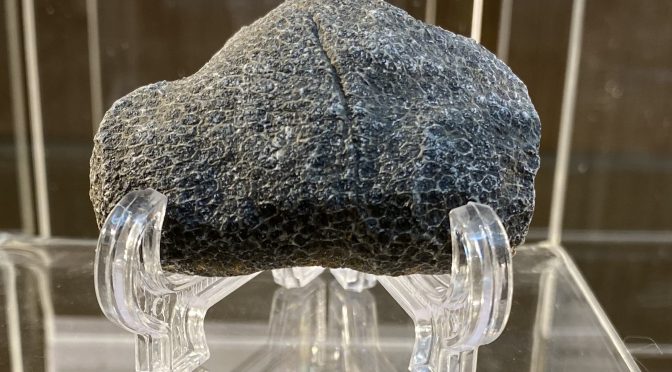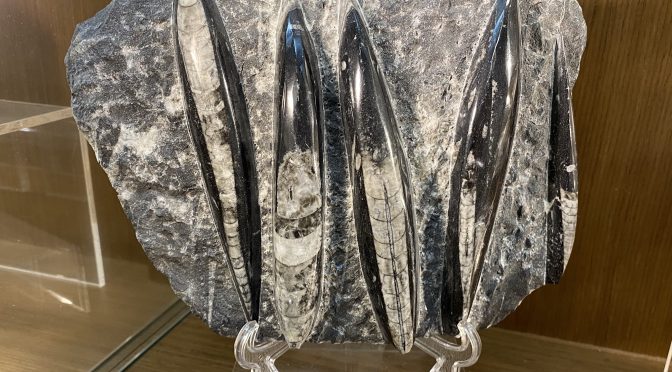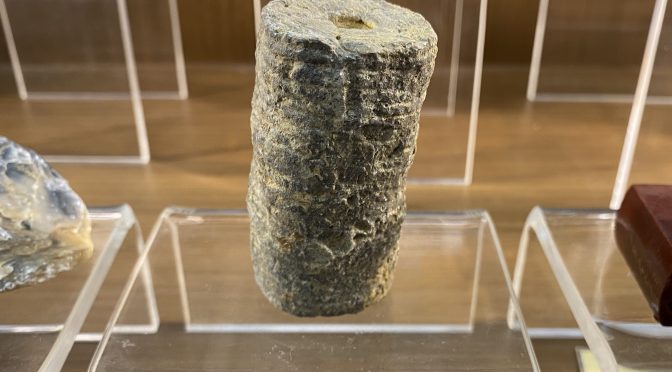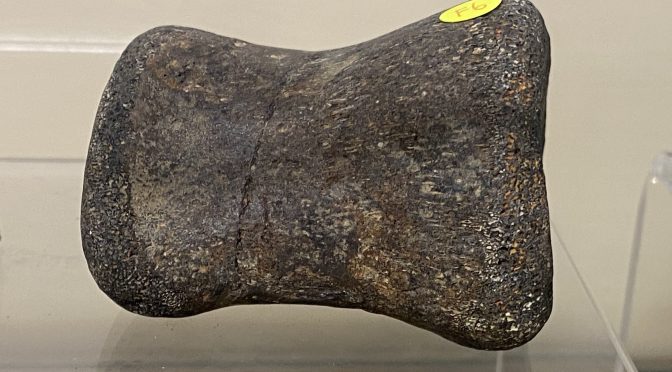
FL136 Hadrosaur Digit Bone Fossil
名稱 鴨嘴龍指骨化石Name Hadrosaur Digit Bone Fossil地質年代 白堊紀Geological Age Cretaceous描述 鴨嘴龍指骨化石來自鴨嘴龍或鴨嘴獸。它起源於白堊紀115至95年前,並在英國懷特島的漢諾威角被發現。他們被稱為“鴨嘴”,因為他們的鼻子形狀,非常類似於現代鴨嘴。埃德蒙特龍是一種草食動物,並與其同伴一起在牧群中旅行。 尺寸:長6cm 重量:0.2kg Description A superb digit bone from the Duck Billed Dinosaur, or Hadrosaur, Edmontosaurus. It dates from the Cretaceous Period, 115m to 95m years ago, and was discovered at Hanover Point, Isle of Wight, United Kingdom. They were called “Duck Billed” because of the shape of their snout, which greatly resembled the beak of a modern day duck. Edmontosaurus was a herbivore, and travelled in herds alongside its companions. They ate coarse vegetation which…
